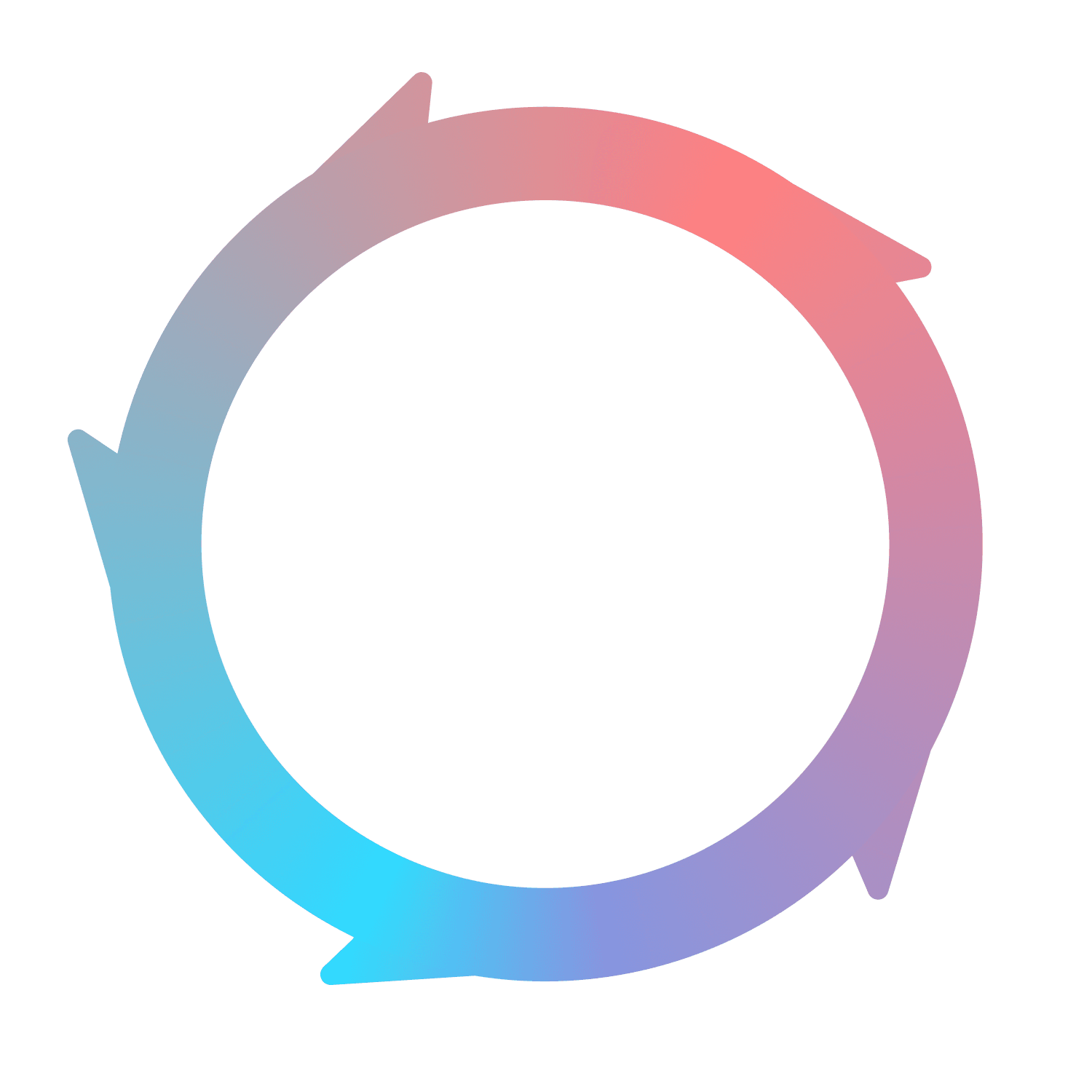Deep dive: Flywheel vs Hotjar
How is Flywheel different from Hotjar?
It's an all-in-one platform
While Hotjar specializes in session replays, it does not offer website personalization, account analytics, or alerting. Plus, features such as custom event tracking, identify calls, and account analytics are free with Flywheel but only available on paid plans for Hotjar.
Built for go-to-market teams
Flywheel combines multiple product categories in unique ways for each team, all focused on a no-code approach to modern GTM. For example, Product teams leverage product analytics and session replay to understand user behavior, while Customer Success teams use account scoring and auto-detection of Champions and Power Users. Marketing teams use website personalization backed by marketing analytics, and so on.
Designed for immediate value
Whether it's auto-tracking events via Flywheel.js, instant asset creation, or segmenting users intelligently, Flywheel does almost all of the work for you. All you need to do is choose marketing goals, decide which features to monitor, and create user experiences you think will move the needle.
Flywheel vs Hotjar: feature comparison
Features
Flywheel
Hotjar
Flywheel strengths
Account-based analytics: Flywheel is specifically designed for B2B platforms, placing significant emphasis on Account-based analytics, whereas Hotjar's offerings are more general and user-centric, without a distinct focus on B2B account tracking.
Goal-oriented marketing analytics: Flywheel encourages the establishment of clear goals for every content asset, which aligns with a strategic go-to-market (GTM) approach. This is contrasted with Hotjar's user behavior features like heatmaps and user feedback which, while valuable, are not explicitly goal-oriented.
Feature-centric analysis: Flywheel provides detailed analytics on how users engage with different platform features, including graphs and session recordings, which is instrumental for product development and user experience enhancement. This is a nuanced difference from Hotjar's user interaction visualizations like heatmaps and U-turns.
Direct user engagement: Flywheel's upcoming Engagements feature aims to increase user interactions by allowing the posting of banner messages directly onto platforms. This differs from Hotjar's indirect approach of gathering user sentiment and feedback.
Hotjar strengths
Hotjar’s heatmaps are a tool that visually represent user interactions, showcasing where users navigate, click, and scroll on your website or application. By providing insights into user behavior patterns, heatmaps enable you to identify points of friction and optimize the user experience for improved engagement and conversion rates, making them an essential feature for any data-driven optimization strategy.
Hotjar's U-turns feature allows users to watch recordings of individuals who navigate to a specific page and then swiftly return to the previous one.
Hotjar's user sentiment analysis feature is designed to assist you in organizing and comprehending the unstructured data you gather, including feedback forms, interviews, and reviews. It enables you to gain insights into customer opinions and emotions
Hotjar's user feedback feature allows direct communication with your customers. It enables users to share their experiences, providing you with clear insights into their likes and dislikes without the need for interpretation.
Flywheel vs Hotjar: Pricing
Pricing: Both platforms follow a freemium model, but Flywheel's pricing is based on monthly active contacts and offers up to 5,000 monthly session replays in its free tier. In contrast, Hotjar offers up to 35 daily session recordings for free, with varying levels of access in its paid plans.
Flywheel's pricing is based on the number of monthly active contacts (MACs). The free entry-level plan allows up to 5,000 monthly session replays and tracking of up to 1,000 users. For products exceeding 1,000 MAUs and requiring more advanced capabilities, such as 10 milestones, 10 segments, and 10 goals, the cost is $200/month. If you need unlimited analysis of milestones, segments, and goals, along with additional growth-focused features, the price starts at $500/month.
Hotjar follows a freemium pricing structure, granting free access to up to 35 daily session recordings. Its Plus plan, priced at $39/month, provides 100 daily session recordings, event tracking, and data segmentation. The Business plan, beginning at $99/month, allows up to 500 daily sessions, integration capabilities, and analysis of frustration and confusion signals. The Scale plan, starting at $213/month, is the most similar to Flywheel's pricing tiers, featuring 500 daily sessions, funnel analysis, and trend analysis.





